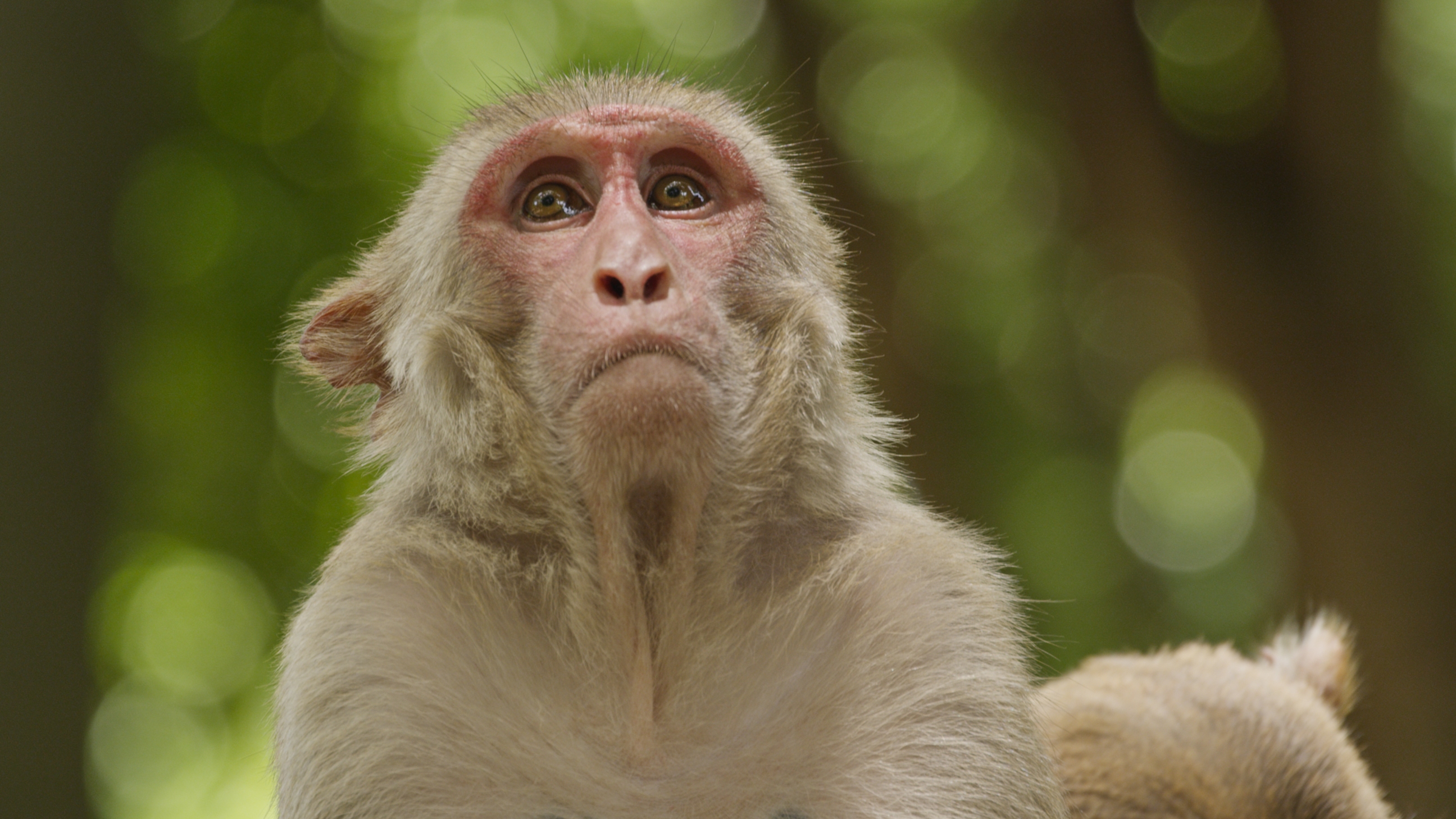
Social interaction is key to survival and reproductive success in primates, including humans. Optimizing outcomes from these encounters requires a calculated approach to cooperation and competition—knowing whom to trust, whom to avoid, or whom to confront confers an evolutionary advantage.
This intricate balancing of reciprocal exchanges, governed by quid pro quo calculations, plays a significant role. The complicated rules that dictate these multilayered interactions have long captivated researchers across various disciplines like primatology, neuroscience, and computational biology; however, the mechanistic understanding of how the brain processes all the information available in a social setting, computes it and generates an appropriate response has, until now, remained elusive.
Michael L. Platt, a neuroscientist at the University of Pennsylvania with an extensive background in primatology and the study of human behavior, has led the charge on first-of-its-kind research investigating how primates’ brains encode social interactions. Platt and team reveal the complex neural circuitry that underpins everyday prosocial behaviors such as support-giving and expressing empathy. Their findings were recently published in the journal Nature.
“We discovered a highly distributed neurophysiological ledger of social dynamics, a potential computational foundation supporting communal life in primate societies, including our own,” Platt says. “The study uncovers the neural correlates of social support and empathy, and the work as a whole opens a new, more natural, and ethical paradigm for studying primate behavior.”
Camille Testard, the first author of the paper and a former Ph.D. student in the Platt Lab, explains that prior research on monkeys like the ones used in this study (rhesus macaques) was divided into to two schools of thought: First; studying primates in the lab, wherein the conditions are highly controlled, and a monkey is trained to do something like operate a touch screen to get rewards; or second; studying primates in the wild, where researchers observe variables in the environment to see how they affect the monkeys’ natural behavior.
“Both methods present advantages and disadvantages, but what we’ve done here sort of combines both worlds,” says Testard. “We’ve used minimally-invasive, wireless neuro-recording devices to measure the brain activity of monkeys as they freely move and go about their business.”
The research team monitored and documented two male monkeys’ activities for multiple sequential periods of two and a half hours within an open environment. During each session, the monkeys alternated between being solitary or engaging with the female partners they were paired with. Additionally, some observations involved the monkeys interacting with neighboring individuals or an experimenter holding eye contact a little too long to elicit an aggressive response from the monkeys, providing a spectrum of social contexts for analysis.
What’s unique about their experimental design is that the team fitted the males with a set of tiny FDA-approved neural implants to regions of the brain that classically correspond to visual processing, a region called TEO, and another vlPFC, that handles more cognitively demanding tasks like socializing.
Based on over a century of neuroscientific literature, the researchers anticipated that the firing patterns in each brain area would tell different stories—TEO neurons would reflect what the monkeys see, and vlPFC neurons would show what the monkeys do in response to the social stimuli. “But, quite surprisingly,” Platt says, “the neuronal activity in both vlPFC and TEO was very similar, which suggests and opens the possibility that the whole brain is working together at any one time to process all the information that allows individuals to navigate their contexts and predict what behavior they should engage in next given what just happened, who is around, and their memory of all past interactions. This shows a neural plan we haven’t been able to see before now.”
Another key finding Testard points out is that when the monkeys were agitated by the experimenter and with their partners, they experienced reduced stress along with a reduced neural response to the stressor—a neural correlate of social support. Taking this further, the researchers saw a ‘mirroring’ effect in the stress response when the female partners received a glare from the experimenter.
“It’s mirroring in the sense that the male is exhibiting a stress response that would suggest he was the one who had an encounter with the experimenter,” Testard says, “and this effect may be critical for empathy.”
Testard says the key finding is that there was a near-perfect balance in the monkeys’ favorite tit-for-tat-based behavior: grooming one another.
“We tracked the monkeys for weeks, recording each bout of grooming, and we saw that the brain actually keeps a ledger of withdrawals and investments in that social relationship,” she says.
The researchers believe that this information can be extended to offer insights into human sociality, citing situations wherein the bookkeeping for the ledger may be going awry. Platt likens this to the dynamics of two friends sending text messages to one another but one of them not being as responsive, “After a while, the one that’s been sending the messages to no avail begins to feel left out, which results in that relationship starting to break down.”
Looking ahead, Platt is working on scaling up the experiment to add more monkeys to better reflect the multidimensional web of societies they navigate. His lab is also interested in the effects of prosocial hormones such as oxytocin and vasopressin.
“When the monkey feels the effects of these ‘love’ hormones,” he says, “how do others react, and how do their brains pick up on it? This research has inspired quite a few ideas, and we’re excited to see what we can parse from this neuronal-level, second-to-second resolution.”
Michael Platt is the James S. Riepe Penn Integrates Knowledge University Professor with appointments in the Perelman School of Medicine, School of Arts & Sciences, and Wharton School at the University of Pennsylvania.
Camille Testard is a recent graduate from the Neuroscience Graduate Group in the Perelman School of Medicine and a former member of the Platt Labs at Penn. She is currently a postdoctoral fellow in the Department of Molecular Biology at Harvard University.
Other authors include Konrad Kording, a Penn Integrates Knowledge University Professor with joint appointments in the Perelman School of Medicine and the School of Engineering and Applied Science; Sébastien Tremblay, Felipe Parodi, Ron W. DiTullio, Arianna Acevedo-Ithier of Penn Medicin, and Kristin L. Gardiner of the School of Veterinary Medicine at Penn.
This research was supported by the National Institutes of Health (Grants R01MH095894, R01MH108627, R37MH109728, R21AG073958, R01MH118203, 866 R56MH122819 and R01NS123054), the Blavatnik Family Foundation Fellowship, and the Canada Banting Fellowship and the Human Frontier Science Program Fellowship.








